Alternative Approaches to Food: Community Supported Agriculture in Urban China
Abstract
:1. Introduction
1.1. The Urban Food Desert
1.2. Responses in the Urban Context
2. Materials and Methods
2.1. Methodology
2.2. Conceptual and Theoretical Framework
3. Results
3.1. Motivating CSA’s Rapid Emergence
”I mean when you talk about ‘good’ food it means the practice, the taste, the flavor, the nutrition”.—Shi, 24 March 2015, I-2 #1
“Food in the city is a desert. In cities, especially in big cities, you can’t find good food. If you live in a small city or small town and you want to have some good food, you know some relatives, and it is quite easy to find. But in Beijing, it is very hard as even the farmers near Beijing don’t raise chickens and they don’t even grow food for themselves”.—Shi, 24 March 2015, I-2 #2
“The industrialized countryside was set up, meaning that the purpose of agriculture was for business and markets while making agriculture more chemicalized with the use of a lot of pesticides”.—Wen, 31 March 2015, I-3 #1
“When the prices of raw materials and farming products are lowered, it can provide the urban population with lower food prices. In contrast, farmers have become the lower-priced labor for urbanization. That’s why the conventional farmers can’t survive”.—Shi, 24 March 2015, I-2 #3
“We go into the city for consumer campaigning for organic products, starting in 2005. We are trying to establish some sites for tourism, get citizens together to observe what is happening in the village, and how they operate as an organic producer”.—Wen, 31 March 2015, I-3 #2
“You can replace all the tractors but it’s good to keep some donkeys. Because maybe at one point there will be no more gas. So it is good to keep the donkeys. It is good to be diversified, it’s a way that can reduce risk”.—Shi, 24 March 2015, I-2 #4
3.2. From the Farm…
“But why we started organic farming in the beginning is not because the air and water are so good, but because it is polluted and we want to change it. That is the meaning of organic farming. People should understand, you do organic farming to make a change”.—Shi, 24 March 2015, I-2 #5
3.3. … to the Table
3.4. Challenges and Future Perceptions
4. Discussion
4.1. Relational Embeddedness: Consumer and Producer Relations
4.2. Structural Embeddedness: The Socio-Spatial Context
5. Conclusions
Acknowledgments
Author Contributions
Conflicts of Interest
References
- Hsing, Y. The Great Urban Transformation: Politics of Land and Property in China; Oxford University Press: Oxford, UK, 2010. [Google Scholar]
- Lin, G.C.S. Developing China: Land, Politics and Social Conditions; Routledge: New York, NY, USA, 2009. [Google Scholar]
- McBeath, J.H.; McBeath, J. Environmental Change and Food Security in China; Springer: Dordrecht, The Netherlands, 2010. [Google Scholar]
- Veeck, G. China’s Food Security: Past Success and Future Challenges. Eurasian Geogr. Econ. 2013, 54, 42–56. [Google Scholar]
- Lang, G.; Miao, B.; Miao, B.O. Food Security for China’s Cities. Int. Plan. Stud. 2013, 18, 5–20. [Google Scholar] [CrossRef]
- Thompson, D.; Ying, H. Food safety in China: New strategies. Glob. Health Gov. 2007, 2, 1–19. [Google Scholar]
- Ernst, M.; Woods, T. Community Supported Agriculture; UK Department of Agricultural Economics: Lexington, KY, USA, 2013. [Google Scholar]
- Granovetter, M. Economic Action and Social Structure: The Problem of Embeddedness. Am. J. Sociol. 1985, 91, 481–510. [Google Scholar] [CrossRef]
- Harvey, D. Globalization and the “Spatial Fix”. Geogr. Rev. 2001, 2, 23–30. [Google Scholar]
- Ong, L.H. State-Led Urbanization in China: Skyscrapers, Land Revenue and “Concentrated Villages”. China Q. 2014, 217, 162–179. [Google Scholar] [CrossRef]
- China Development Research Foundation. China’s New Urbanization Strategy; Routledge: London, UK, 2013. [Google Scholar]
- World Bank. East Asia’s Changing Urban Landscape: Measuring a Decade of Spatial Growth; World Bank: Washington, WA, USA, 2015. [Google Scholar]
- Chen, J. Rapid urbanization in China: A real challenge to soil protection and food security. Catena 2007, 69, 1–15. [Google Scholar] [CrossRef]
- Zhou, Z. Achieving food security in China: Past three decades and beyond. China Agric. Econ. Rev. 2010, 2, 251–275. [Google Scholar] [CrossRef]
- Christiansen, F. Food Security, Urbanization and Social Stability in China. J. Agrian Chang. 2009, 9, 548–575. [Google Scholar] [CrossRef]
- Si, Z.; Schumilas, T.; Scott, S. Characterizing Alternative Food Networks in China. Agric. Hum. Values 2015, 32, 299–313. [Google Scholar] [CrossRef]
- Wu, L.; Zhu, D. Food Safety in China; Taylor & Francis Group: Boca Raton, FL, USA, 2015. [Google Scholar]
- Scott, S.; Si, Z.; Schumilas, T.; Chen, A. Contradictions in state- and civil society-driven developments in China’s ecological agriculture sector. Food Policy 2014, 45, 158–166. [Google Scholar] [CrossRef]
- Wong, J.; Huang, Y. China’s Food Security and its Global Implications. China An Int. J. 2012, 10, 113–124. [Google Scholar]
- Brown, L. Who Will Feed China: Wake up Call for a Small Planet; Norton and Company: New York, NY, USA, 1995. [Google Scholar]
- Ho, P. Institutions in Transition; Oxford University Press: Oxford, UK, 2005. [Google Scholar]
- Mai, Y. Removing Border Protection on Wheat and Rice: Effects on Rural Income and Food Self-Sufficiency in China. Aust. J. Agric. Resour. Econ. 2008, 52, 113–131. [Google Scholar] [CrossRef]
- Allen, P. Realizing justice in local food systems. Camb. J. Reg. Econ. Soc. 2010, 3, 295–308. [Google Scholar] [CrossRef]
- DeLind, L.B. Are local food and the local food movement taking us where we want to go? Or are we hitching our wagons to the wrong stars? Agric. Hum. Values 2011, 28, 273–283. [Google Scholar]
- Koscica, M. Agropolis: The Role of Urban Agriculture in Addressing Food Insecurity in Developing Cities. J. Int. Aff. 2014, 67, 177–187. [Google Scholar]
- Cheng, C.; Shi, Y. Food safety concerns encourage urban organic farming. In Chinese Research Perspectives on the Environment, Volume 3: Public Action and Government Accountability; Jianqiang, L., Ed.; Brill Publishers: Leiden, The Netherlands, 2014; pp. 133–145. [Google Scholar]
- White, T. Growing Diverse Economies through Community Supported Agriculture. Northeast. Geogr. 2013, 5, 1–25. [Google Scholar]
- Shi, Y.; Cheng, C.; Lei, P.; Wen, T.; Merrifield, C. Safe food, green food, good food: Chinese Community Supported Agriculture and the rising middle class. Int. J. Agric. Sustain. 2011, 9, 551–558. [Google Scholar] [CrossRef]
- Song, Y.; Zhang, Y.; Buckley, L. Linking rural farmer cooperatives with urban restaurants in Guangxi. In Multiple Pathways: Case Studies of Sustainable Agriculture in China; Buckley, L., Cook, S., Eds.; IIED: London, UK, 2015; pp. 67–82. [Google Scholar]
- Cai, J.; Yang, Z.; Liu, S.; Liu, M.; Guo, H.; Du, S. Urban agriculture development in Minhang, Shanghai. Urban Agric. Mag. 2011, 60–62. [Google Scholar]
- Buckley, L. Food, farmers and community: A case study of Shared Harvest CSA. In Multiple Pathways: Case Studies of Sustainable Agriculture in China; IIED: London, UK, 2015; pp. 83–100. [Google Scholar]
- Creswell, J. Research Design: Qualitative, Quantiative and Mixed Methods Approaches, 4th ed.; Sage: Thousand Oaks, CA, USA, 2003. [Google Scholar]
- Velhovar, V.; Manfreda, K.L. Overview: Online sureys. In The SAGE Handbook of Online Research Methods; Fielding, N., Lee, R.M., Blank, G., Eds.; Sage: London, UK, 2008; pp. 177–194. [Google Scholar]
- Polanyi, K. The Great Transformation: The Political and Economic Origins of Our Time; Beacon Press: Boston, MA, USA, 1944. [Google Scholar]
- Penker, M. Mapping and measuring the ecological embeddedness of food supply chains. Geoforum 2006, 37, 368–379. [Google Scholar] [CrossRef]
- Migliore, G.; Schifani, G.; Guccione, G.D.; Cembalo, L. Food Community Networks as Leverage for Social Embeddedness. J. Agric. Environ. Ethics 2014, 27, 549–567. [Google Scholar] [CrossRef]
- Sage, C. Social Embeddedness and Relations of Regard: Alternative “Good Food” Networks in South-West Ireland. J. Rural Stud. 2003, 19, 47–60. [Google Scholar] [CrossRef]
- Higgins, V.; Dibden, J.; Cocklin, C. Building alternative agri-food networks: Certification, embeddedness and agri-environmental governance. J. Rural Stud. 2008, 24, 15–27. [Google Scholar] [CrossRef]
- Sonnino, R.; Marsden, T. Beyond the divide: Rethinking relationships between alternative and conventional food networks in Europe. J. Econ. Geogr. 2006, 6, 181–199. [Google Scholar] [CrossRef]
- Kloosterman, R.C. Matching opportunities with resources: A framework for analysing (migrant) entrepreneurship from a mixed embeddedness perspective. Entrep. Reg. Dev. 2010, 22, 25–45. [Google Scholar] [CrossRef]
- Krippner, G.R. The Elusive Market: Embeddedness and the Paradigm of Economic Sociology. Theory Soc. 2001, 30, 775–810. [Google Scholar] [CrossRef]
- Gottdiener, M.; Hutchison, R. The New Urban Sociology, 4th ed.; Westview Press: Boulder, CO, USA, 2011. [Google Scholar]
- Hyde, M.; Syed, F. China’s Food Self-Sufficiency Policy. Agric. Commod. 2014, 4, 22–32. [Google Scholar]
- May, C. PGS Guidelines: How Participatory Guarantee Systems Can Develop and Function; IFOAM: Bonn, Germany, 2008. [Google Scholar]
- Eckerd, A.; Keeler, A.G. Going green together? Brownfield remediation and environmental justice. Policy Sci. 2012, 45, 293–314. [Google Scholar]
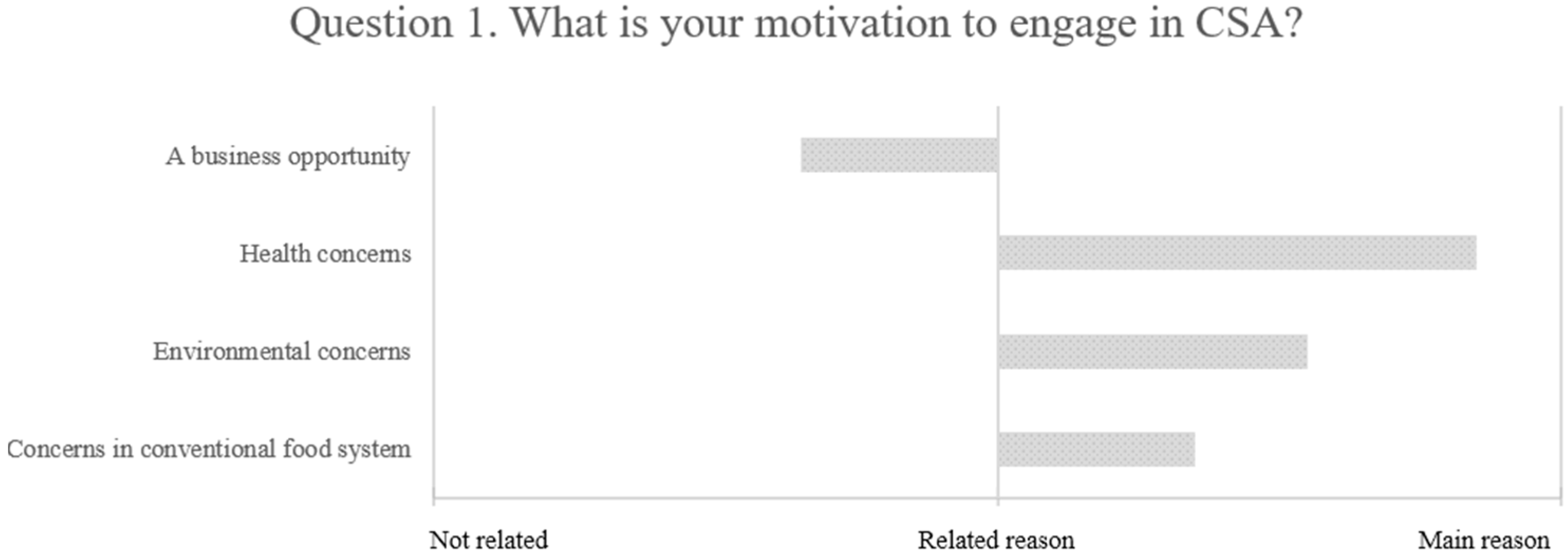
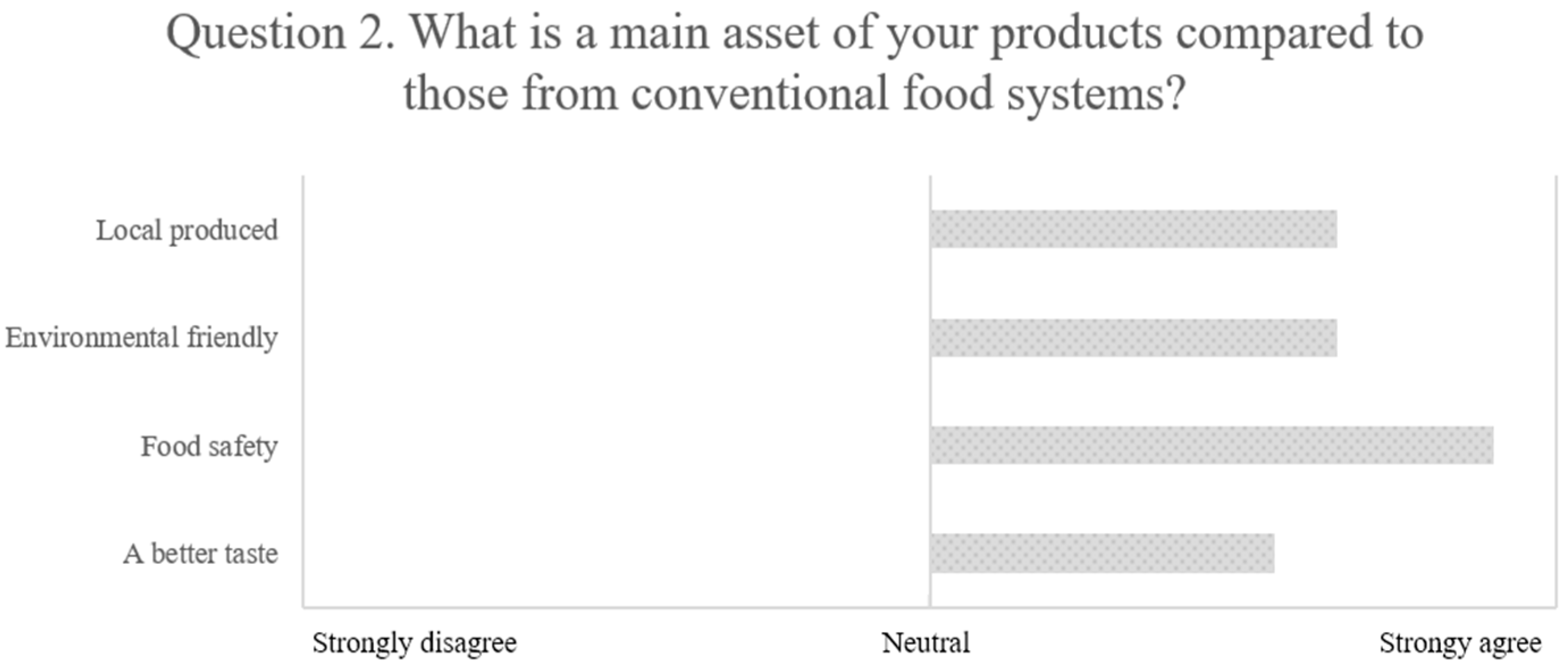
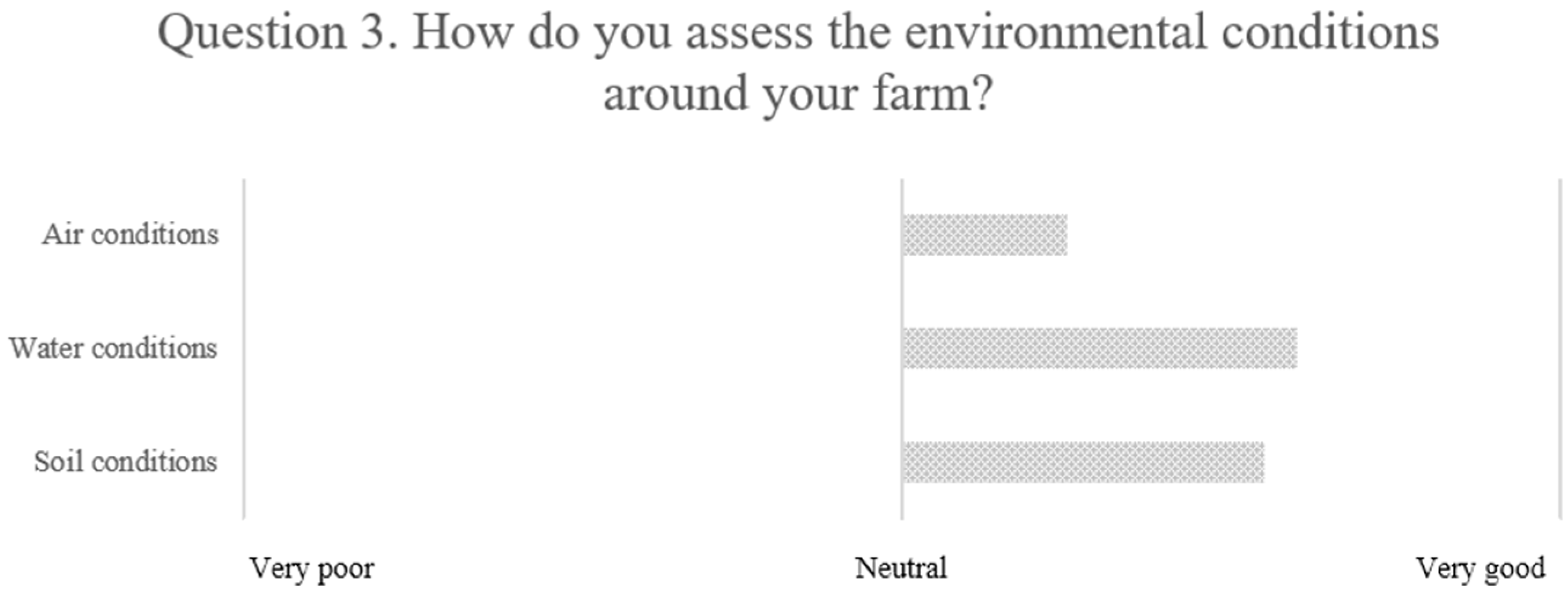
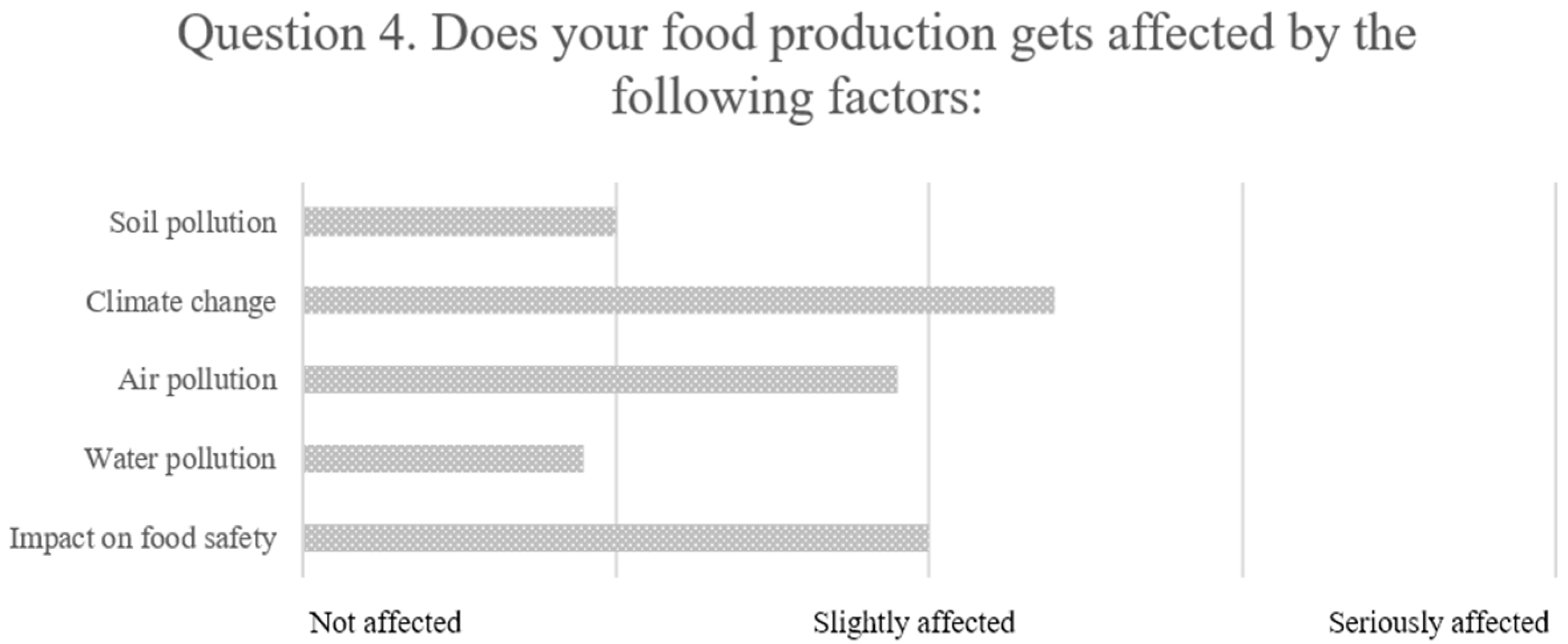
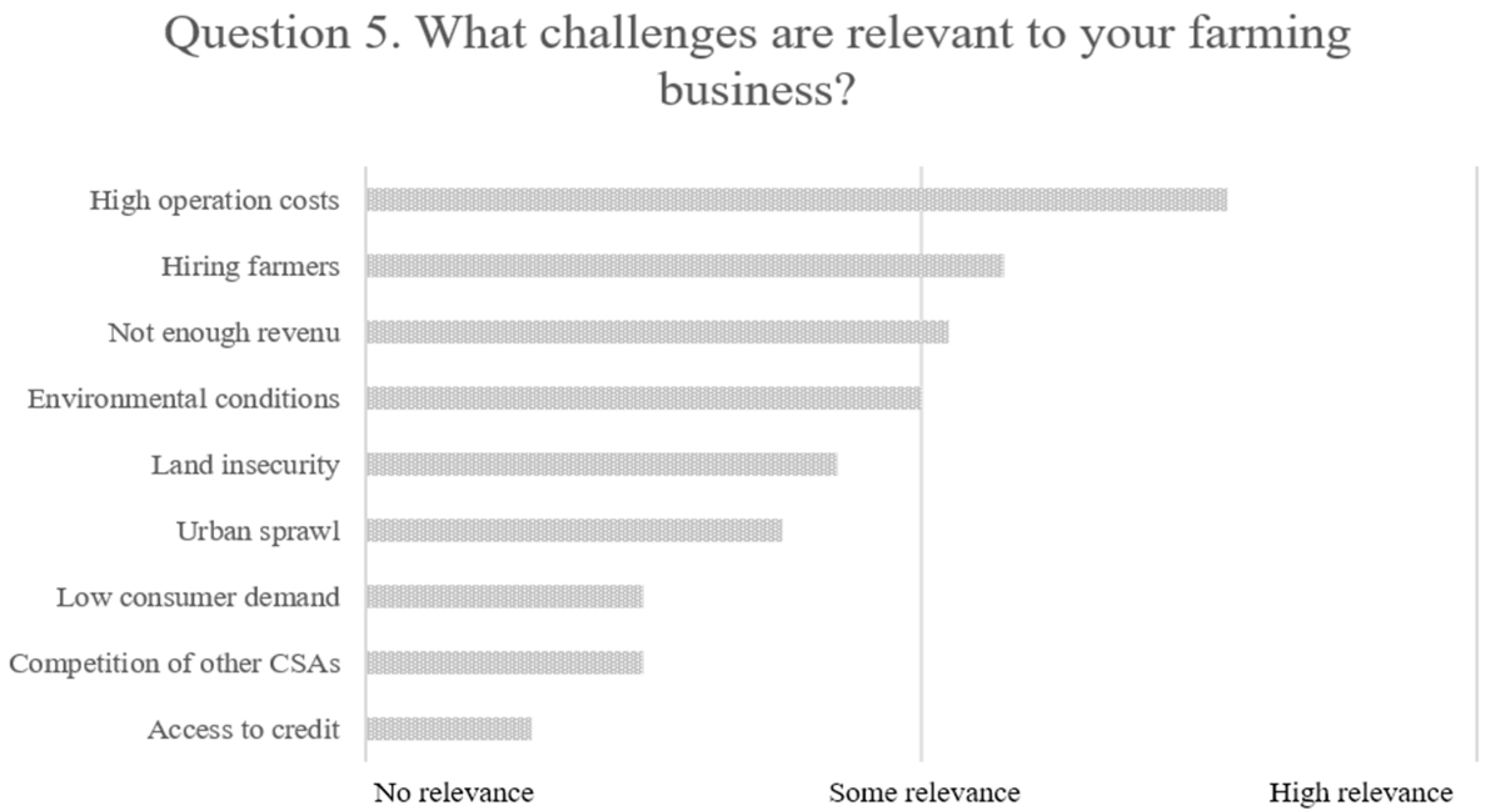
| No. | Location | Year Established | Position of Respondent |
|---|---|---|---|
| 1 | Beijing | 2012 | - |
| 2 | Beijing | 2004 | Manager |
| 3 | Kunshan | 2012 | Marketing director |
| 4 | Beijing | 2013 | Operations manager |
| 5 | Beijing | 2012 | Partner |
| 6 | Fuzhuo | 2011 | Coordinator |
| 7 | Beijing | 2011 | Sales manager |
| 8 | Chengdu | 2009 | Farmer |
| 9 | Zhejiang | 2011 | Farm owner |
| 10 | Beijing | 2009 | - |
| 11 | Beijing | 2008 | Manager |
| 12 | Beijing | 2004 | Farm owner |
| 13 | Chengdu | 2013 | Leader |
| 14 | Beijing | - | Farm owner |
| 15 | Beijing | 2010 | Farmer |
© 2017 by the authors. Licensee MDPI, Basel, Switzerland. This article is an open access article distributed under the terms and conditions of the Creative Commons Attribution (CC BY) license (http://creativecommons.org/licenses/by/4.0/).
Share and Cite
Krul, K.; Ho, P. Alternative Approaches to Food: Community Supported Agriculture in Urban China. Sustainability 2017, 9, 844. https://doi.org/10.3390/su9050844
Krul K, Ho P. Alternative Approaches to Food: Community Supported Agriculture in Urban China. Sustainability. 2017; 9(5):844. https://doi.org/10.3390/su9050844
Chicago/Turabian StyleKrul, Kees, and Peter Ho. 2017. "Alternative Approaches to Food: Community Supported Agriculture in Urban China" Sustainability 9, no. 5: 844. https://doi.org/10.3390/su9050844
APA StyleKrul, K., & Ho, P. (2017). Alternative Approaches to Food: Community Supported Agriculture in Urban China. Sustainability, 9(5), 844. https://doi.org/10.3390/su9050844





